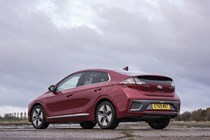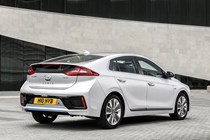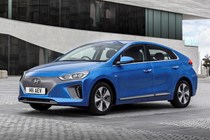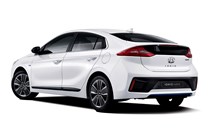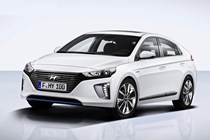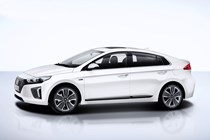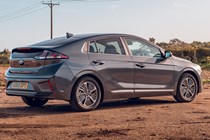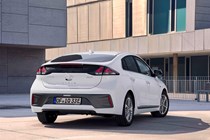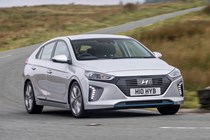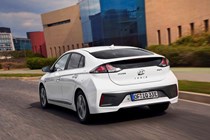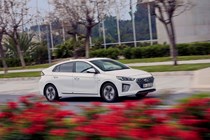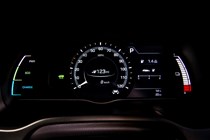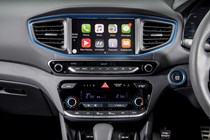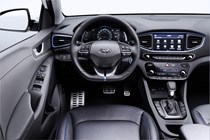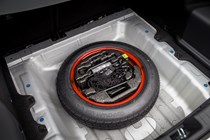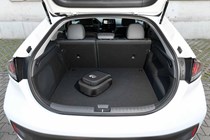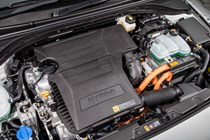
Hyundai Ioniq Hatchback (2016-2022) running costs and reliability
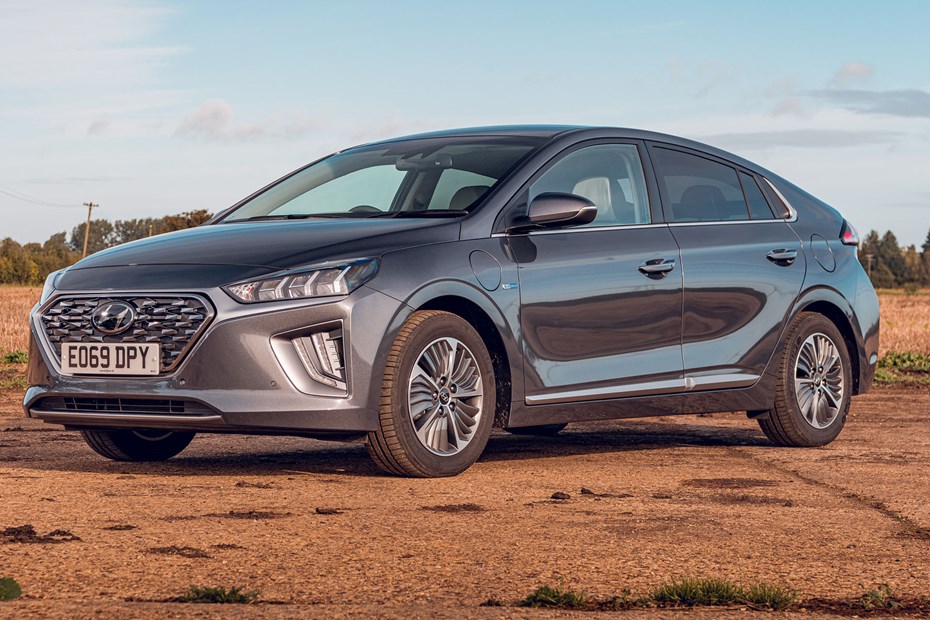
Miles per pound (mpp) ⓘ
| Hybrid petrol engines | 9.0 - 9.2 mpp |
|---|---|
| Plug-in hybrid petrol engines * | N/A |
Fuel economy ⓘ
| Hybrid petrol engines | 61.4 - 62.8 mpg |
|---|---|
| Plug-in hybrid petrol engines * | N/A |
- Decent rather than brilliant efficiency
- Plug-in could cost pennies to run
- Hybrid best if you can’t plug in
What are the running costs?
Whether you opt for the Ioniq Hybrid or Plug-in should depend on your own situation. Both have advantages in terms of running costs, but it’s important not to simply be suckered in by the published numbers. On paper, the Plug-in seems like a no-brainer. It claims to offer up to 256.8mpg and CO2 emissions of 26g/km. However, the nature of the testing procedure means that you could see far more than this, or far less. It just depends on how you use the car.
The Plug-in Hybrid is capable of a pure-electric range of a little less than 40 miles. So if all of your journeys are shorter than this, you’ll never have to trouble the petrol engine – theoretically giving you unlimited mpg. But longer journeys will see the mpg figure reduce. That’s because once the battery is depleted, the Ioniq Plug-In just becomes a petrol car, but one that’s carrying around a heavy battery pack and motor. So on long journeys, or day-to-day use without plugging in, it won’t be very efficient. Hyundai claims a charging time – to 80 per cent – of just over two hours. Charging from a three-pin socket is only recommended in emergencies but should take around six hours.
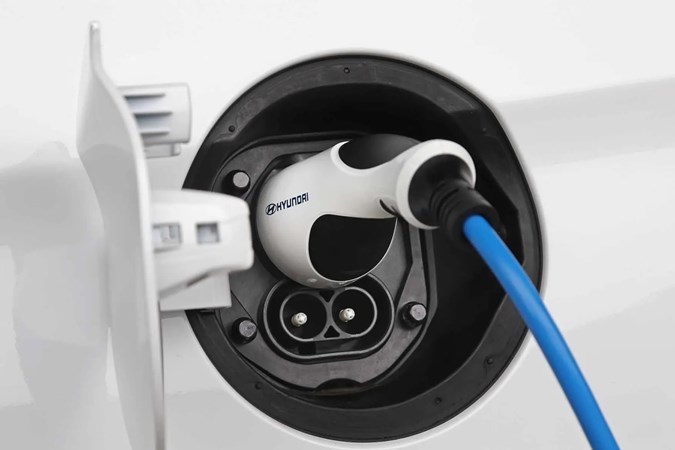
If you can’t plug in, then the Hybrid is a good compromise. With a smaller, and therefore lighter battery, it will provide similar fuel economy regardless of whether you’re undertaking a long journey or a short hop through town. It has fuel economy of up to 62.8mpg, which is a little down on the 68.3mpg you’ll see from the most efficient Toyota Prius. CO2 emissions are pegged at a low 85g/km.
Servicing and warranty
One of the attractions of Hyundai as a whole is its warranty cover. The company offers five years of cover on all of its cars, and this comes with unlimited mileage, too. While sister firm Kia overs seven years of cover, there’s an upper limit of 100,000 miles, so high mileage drivers might appreciate Hyundai’s cover more.
Once again, Toyota is a rival to consider here. The Japanese firm offers a 10-year warranty on all cars aged 10 years or less, as long as they are serviced at a Toyota dealer. This could be another reason to choose a Prius over an Ioniq.
Hyundai offers fixed-price service plans to suit your needs, and you can pay for them either as a lump sum, or in instalments.
Reliability
- Hyundai has a good record with reliability
- Electric cars have fewer moving parts
- Long warranty provides further peace of mind
We’re not hearing any negative feedback from owners with their part-electrified hatchbacks. And we’ve reason to be optimistic: Hyundai has actually been selling hybrids in Korea and the United States for some years – so it has lots of experience of battery-powered cars.
As well as Hyundai’s standard five-year warranty offering peace of mind, it covers the high-voltage battery for eight years or 125,000 miles.
Ongoing running costs
| Road tax | £20 - £195 |
|---|---|
| Insurance group | 10 - 13 |
Get an insurance quote with

|
|



